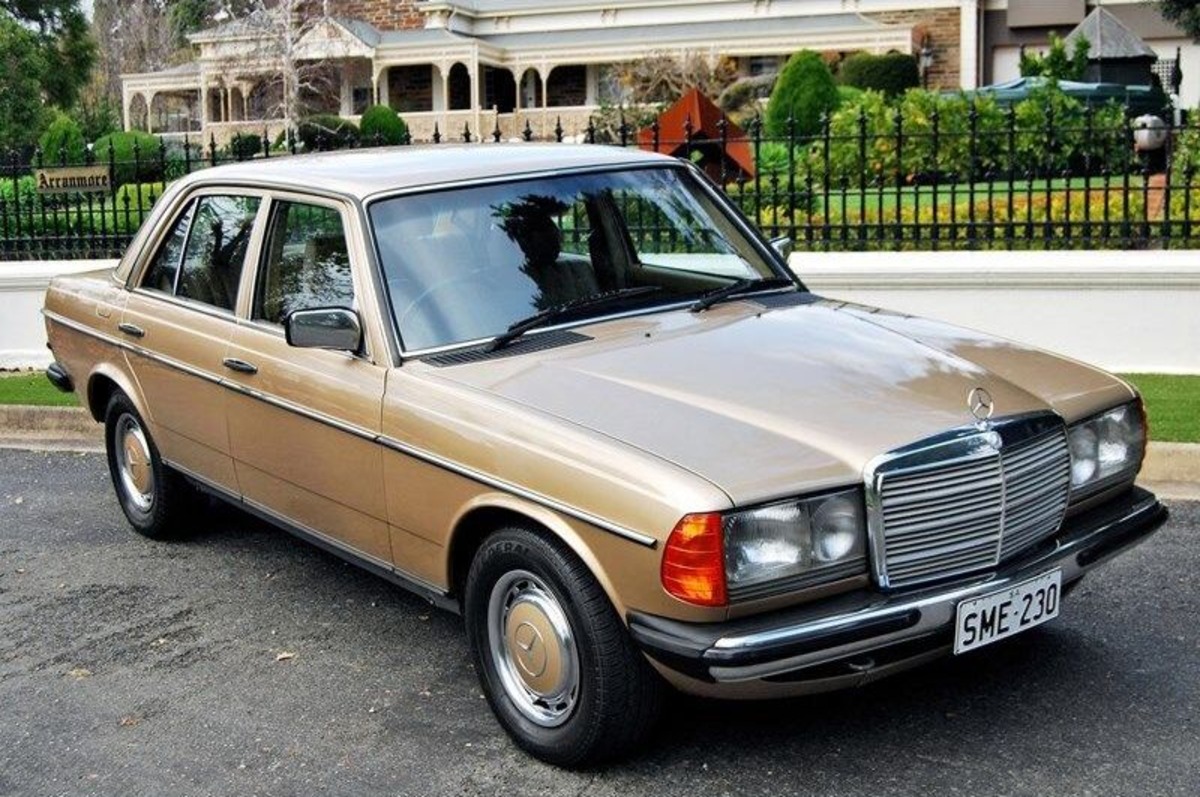Luxury sedans offer drivers a unique blend of comfort, performance, technology, and prestige. They’re built to make a statement and deliver an exceptional experience behind the wheel. But while many people are drawn to the elegance and smooth ride of a luxury car, not all luxury sedans age gracefully.
Some offer rock-solid reliability and hold up well over the years, mechanically and cosmetically. Others, however, turn into money pits, plagued with electronic issues, complicated drivetrains, and expensive repair bills that can drain your bank account long after the car is paid off.
The truth is, when it comes to luxury cars, initial build quality doesn’t always equal long-term reliability. A car might feel solid and refined when new, but complexity, overengineering, and lack of durable components can mean a dramatically different experience once it hits 70,000 miles or more.
High-end vehicles often include cutting-edge tech that’s prone to failure, air suspension systems that leak or collapse, and tightly integrated components that require costly labor hours to diagnose and repair. Luxury automakers also frequently use proprietary parts, making even routine maintenance expensive.
That said, some luxury sedans defy the stereotype and offer outstanding longevity. These are the cars that rack up 200,000 miles with proper care, still feel composed on the road, and have interior materials that wear gracefully.
They may require more expensive maintenance than a budget car, but they reward owners with fewer surprise breakdowns, more robust engineering, and a higher sense of trust in daily driving.
For the discerning buyer who wants both luxury and long-term peace of mind, it’s essential to know which models live up to their name—and which ones fall apart the minute the warranty expires.
In this article, we’ll explore five luxury sedans that are known for lasting well beyond expectations, as well as five that have earned a reputation for being unreliable or maintenance nightmares. Whether you’re buying used or investing in a new vehicle you hope to keep for years, knowing the difference could save you thousands—and a lot of frustration.
Also read: 5 Trucks That Still Look Good After 200K Miles and 5 That Age Terribly
5 Luxury Sedans That Actually Last
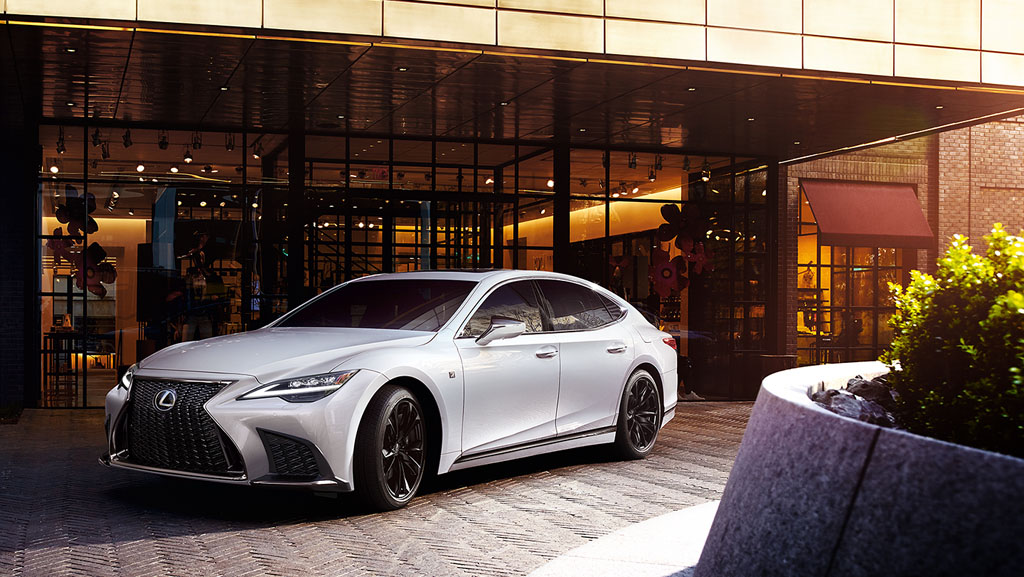
1. Lexus LS (LS430, LS460, LS500)
The Lexus LS is the gold standard for long-lasting luxury sedans. From the iconic LS400 of the 1990s to the LS500 of today, Lexus has consistently built this flagship to deliver a whisper-quiet ride, buttery smooth performance, and unmatched long-term reliability.
The LS430 and LS460 models in particular have become cult favorites among buyers looking for a car that can go 250,000 miles or more without drama. These sedans feature overbuilt engines (such as the legendary 4.3-liter V8), bulletproof transmissions, and simple, well-executed electronics that rarely cause problems.
One of the reasons the LS lineup is so reliable is Lexus’s obsessive attention to quality control. Every part feels tightly assembled and built for endurance. While luxury rivals were chasing ever more complex infotainment systems and fragile trim details, Lexus focused on minimizing points of failure.
Interiors are made with real wood, durable leather, and electronics that are robust rather than flashy. Air suspension systems—often a failure point in rivals—were offered but optional, meaning many high-mileage examples are on conventional, lower-maintenance suspension setups.
Even newer LS models like the LS500 maintain this tradition. They’ve added more tech, but Lexus still prioritizes long-term owner satisfaction over cutting-edge gimmicks. Routine maintenance is more affordable than on German rivals, and parts availability is excellent. This makes the LS a luxury sedan you can confidently own well past 10 years. If you’re looking for a quiet, classy car that won’t become a financial liability, the Lexus LS is the king of long-lasting luxury.
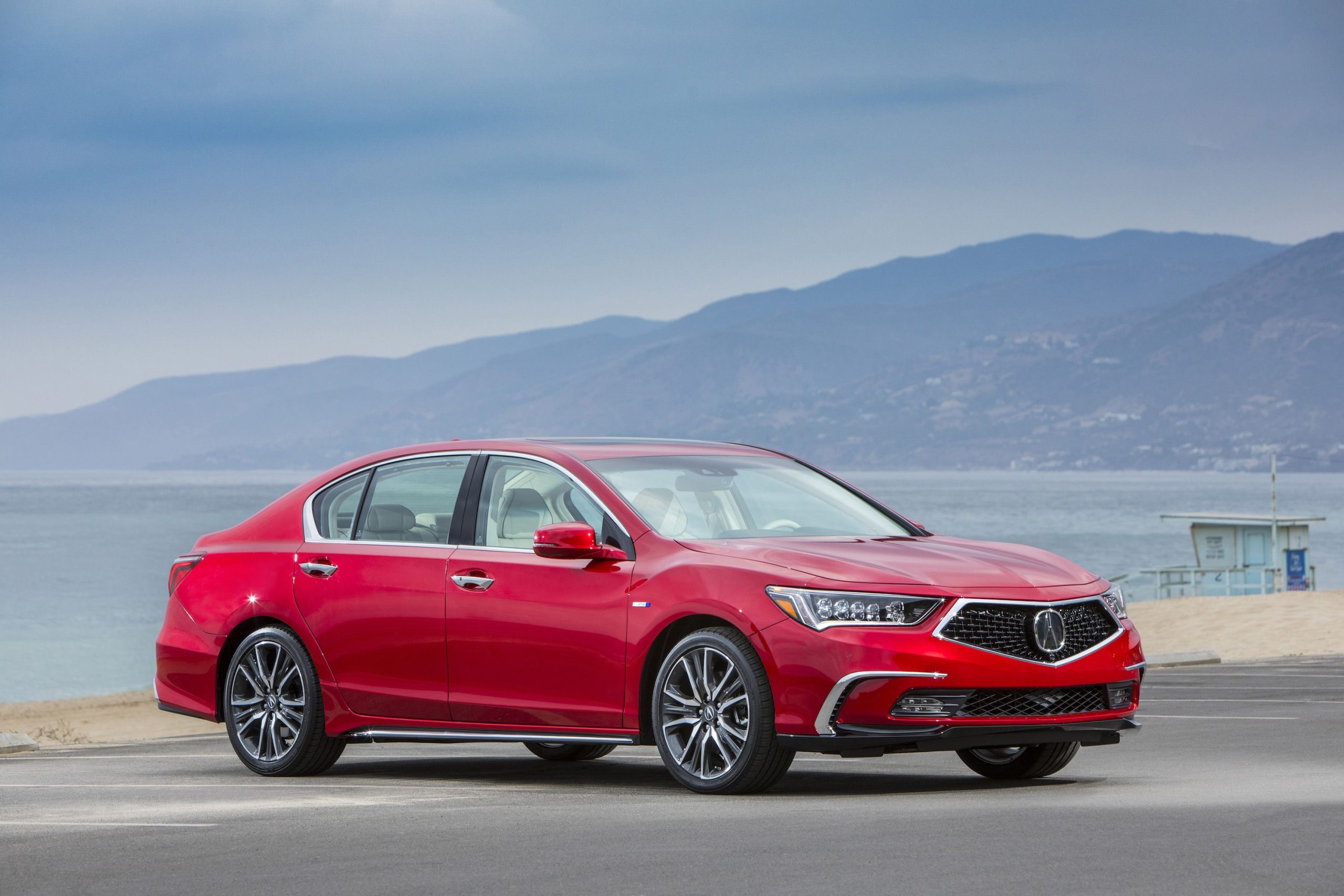
2. Acura RL / RLX
Often overshadowed by flashier competitors, the Acura RL and RLX are two of the most underrated luxury sedans when it comes to longevity. Built with Honda’s legendary engineering, these cars are designed to deliver a premium experience with a strong backbone of durability.
The RL, especially in its 2005–2012 form, is a tank in disguise. Equipped with a naturally aspirated V6 and Acura’s Super Handling All-Wheel Drive (SH-AWD), it provides a refined, confident driving experience that ages gracefully.
What sets the RL apart is its simplicity and mechanical integrity. While competitors chased turbochargers and dual-clutch transmissions, the RL stuck with a solid 3.5-liter or 3.7-liter V6 and a traditional 5- or 6-speed automatic transmission—easy to service and far less failure-prone.
Electronics are reliable, and the car features high-quality interior materials that resist wear. Seat bolsters, steering wheel leather, and infotainment controls hold up even after a decade of use.
The RLX, its successor, continues this trend with hybrid technology and even more refinement. Though it didn’t sell in huge numbers, the RLX is prized among those who know how durable and smooth it is.
Maintenance costs are modest compared to German rivals, and the resale market often undervalues these cars, making them a fantastic luxury buy. If you want a stealthy, capable, and long-lasting sedan, the Acura RL or RLX is one of the smartest choices you can make.
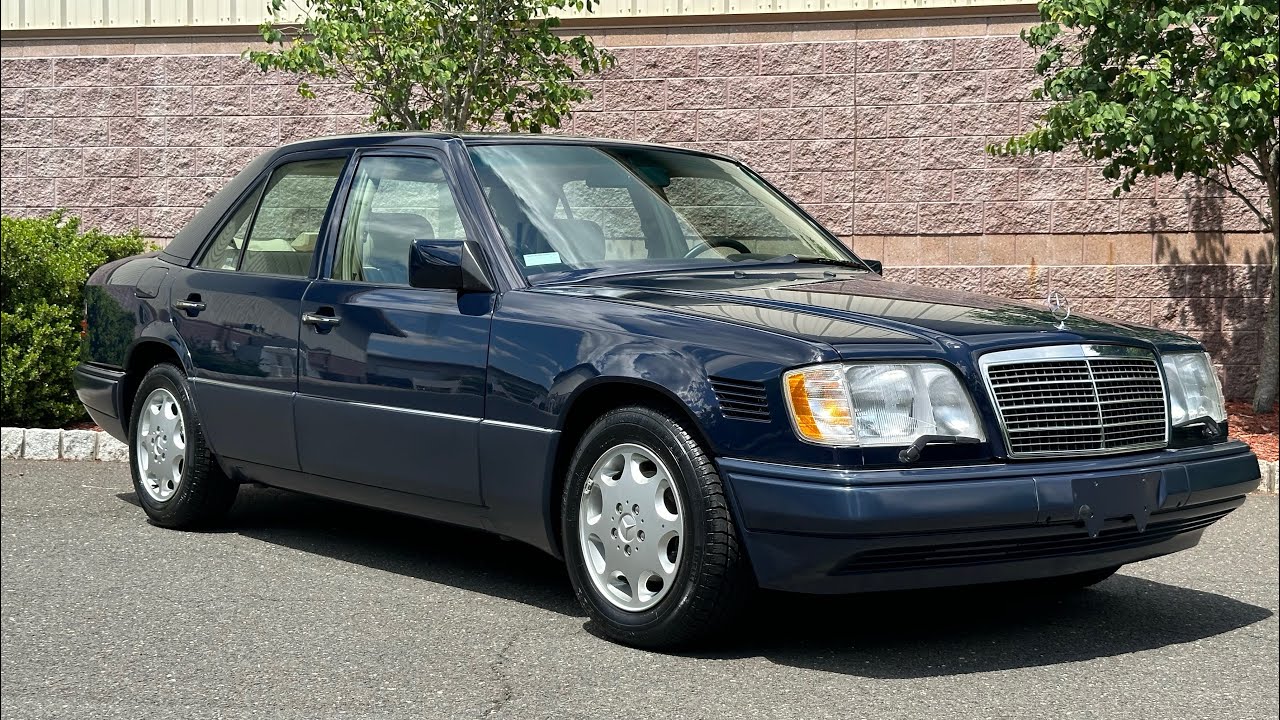
3. Mercedes-Benz W124 (E-Class 1985–1995)
Though it’s now considered a classic, the Mercedes-Benz W124 earns a permanent spot on any list of long-lasting luxury sedans. Built during Mercedes’ “overengineering” era, the W124 E-Class is famous for its tank-like durability and simple, analog design. These sedans were made to survive decades, and many are still on the road with 300,000+ miles, especially the diesel variants. They combine old-school mechanical reliability with luxury that still feels impressive today.
The W124’s engine lineup included extremely dependable straight-sixes and diesel motors. Paired with rugged automatic transmissions and solid rear-wheel drive platforms, these cars are a dream for DIYers and Mercedes enthusiasts. The interior, while conservative, was built to last: real wood trim, dense plastics, and robust seats that often outlast the upholstery itself. Even after 30 years, many W124s have working power windows, HVAC systems, and analog gauges—a testament to their timeless engineering.
This car isn’t for someone who wants modern tech, but for someone who values a machine that will keep running with basic upkeep, the W124 is hard to beat. Mercedes hasn’t made them like this in decades. If you find a clean one, it’s more than a piece of history—it’s a reliable daily driver that continues to earn its reputation as one of the most durable luxury sedans ever built.
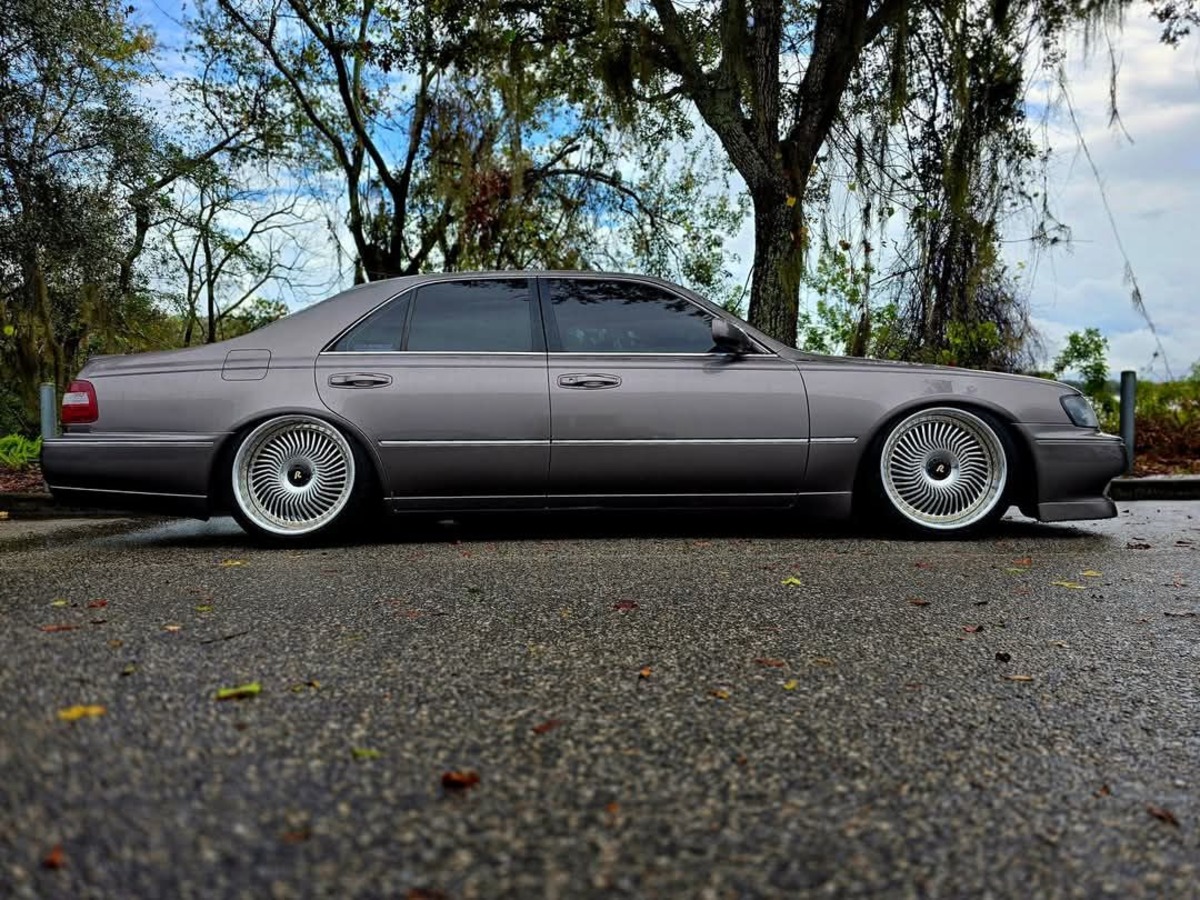
4. Infiniti Q45 (1997–2001)
The Infiniti Q45, especially the second-generation models built from 1997 to 2001, may not have been a sales hit, but they were quietly one of the most well-built luxury sedans of their time.
With a powerful 4.1-liter or 4.5-liter V8, rear-wheel drive, and a reputation for bulletproof reliability, the Q45 earned a following among drivers who wanted Lexus levels of quality with a slightly sportier edge. These cars are known to hit 200,000 miles with basic maintenance and minimal issues.
The interior, though a bit minimalist by today’s standards, used high-quality materials and switchgear that still work well decades later. Leather seats resist cracking, dashboards don’t fade easily, and all electronics are relatively simple and repairable.
Unlike more complex German rivals of the time, the Q45 avoided gadgets that fail prematurely—no air suspensions or iDrive-style systems here. Just a solid, old-school luxury platform with smooth power and excellent ride comfort.
The Q45 was discontinued in the early 2000s, but examples still on the road today are a testament to its long-term reliability. Maintenance costs are very reasonable for a V8 luxury car, and the availability of parts remains strong thanks to Nissan’s shared components. If you want a big, powerful sedan that you can rely on without spending thousands annually in upkeep, the Q45 is a hidden gem.
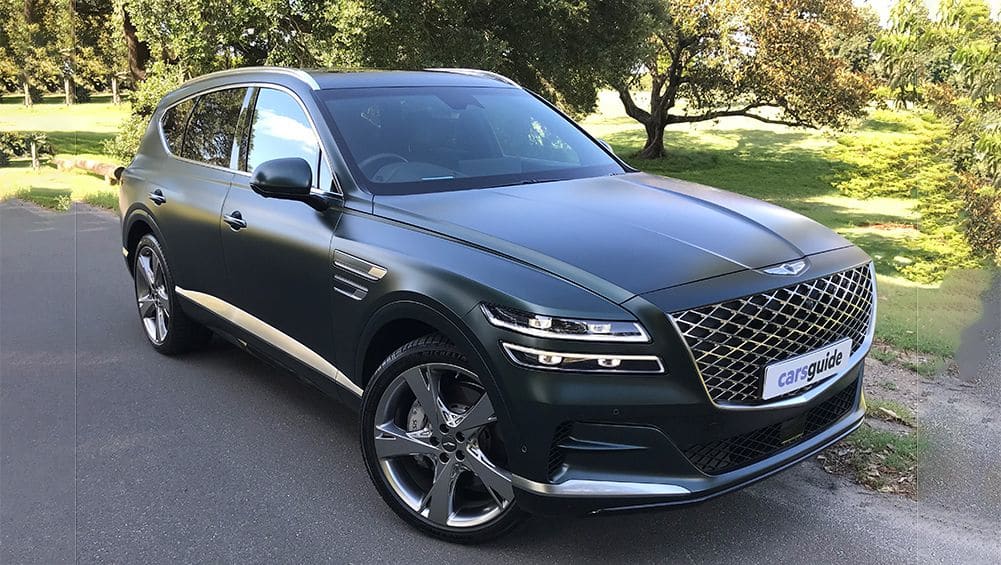
5. Hyundai Genesis (2011–2016)
Hyundai’s Genesis (before it became its own luxury brand) surprised everyone by delivering a luxury sedan that actually lasts—and does so without the typical premium car headaches. The first-generation Genesis, especially the V6 models, is known for simple engineering, solid construction, and surprising resilience over time. Unlike some German sedans that seem designed to fail right after their lease ends, the Genesis proves that you can have a luxury experience without high-risk ownership.
Owners praise the Genesis for its comfortable ride, intuitive controls, and solid-feeling interior. While the materials may not rival Mercedes in tactility, they hold up incredibly well—buttons stay firm, leather resists cracking, and the cabin remains free of the rattles and squeaks that plague many competitors after 80,000 miles. Mechanical reliability is a strong point, especially with the naturally aspirated V6 and traditional automatic transmissions.
The Genesis also benefits from Hyundai’s longer-than-average warranties and lower maintenance costs. Parts are generally affordable, and the car doesn’t require specialty service like many European brands. For a luxury sedan that combines comfort, durability, and value, the Hyundai Genesis is a rare example of luxury without the liability.
5 Luxury Sedans That Are Maintenance Nightmares
1. BMW 7 Series (F01/F02, 2009–2015)
At first glance, the BMW 7 Series from this era is everything a flagship sedan should be—sleek, powerful, tech-laden, and luxurious. But beneath the surface lies one of the most notoriously high-maintenance luxury sedans on the used market.
The F01/F02 7 Series was packed with innovations: active suspension, turbocharged V8s and V12s, advanced iDrive systems, and electronic everything. Unfortunately, nearly all of those features have become points of failure as the vehicles age, often requiring repairs that can cost thousands, sometimes just to keep the car drivable.
One of the most problematic areas is the drivetrain. The N63 twin-turbo V8 engine is infamous for issues like valve stem seal leaks, timing chain failures, and oil consumption that borders on catastrophic. BMW issued multiple service bulletins and warranty extensions for this engine, but once it’s out of coverage, repairs can easily hit five figures.
Add in fragile air suspension components, electronic dampers, and motorized door systems, and you have a sedan that ages like milk. Many owners find themselves constantly chasing warning lights and limp mode scenarios, with repairs so costly that some vehicles are simply abandoned.
Then there’s the interior technology. The iDrive system, while innovative at launch, has aged poorly, with many users reporting glitchy screens, failed control knobs, and malfunctioning climate control systems. Soft-close doors, power rear blinds, and even seat controls are prone to failure, and all are expensive to fix.
The 7 Series represents a classic case of too much complexity, not enough durability. If you don’t have a dedicated BMW mechanic and a generous repair budget, owning one of these out of warranty can feel like financial roulette.
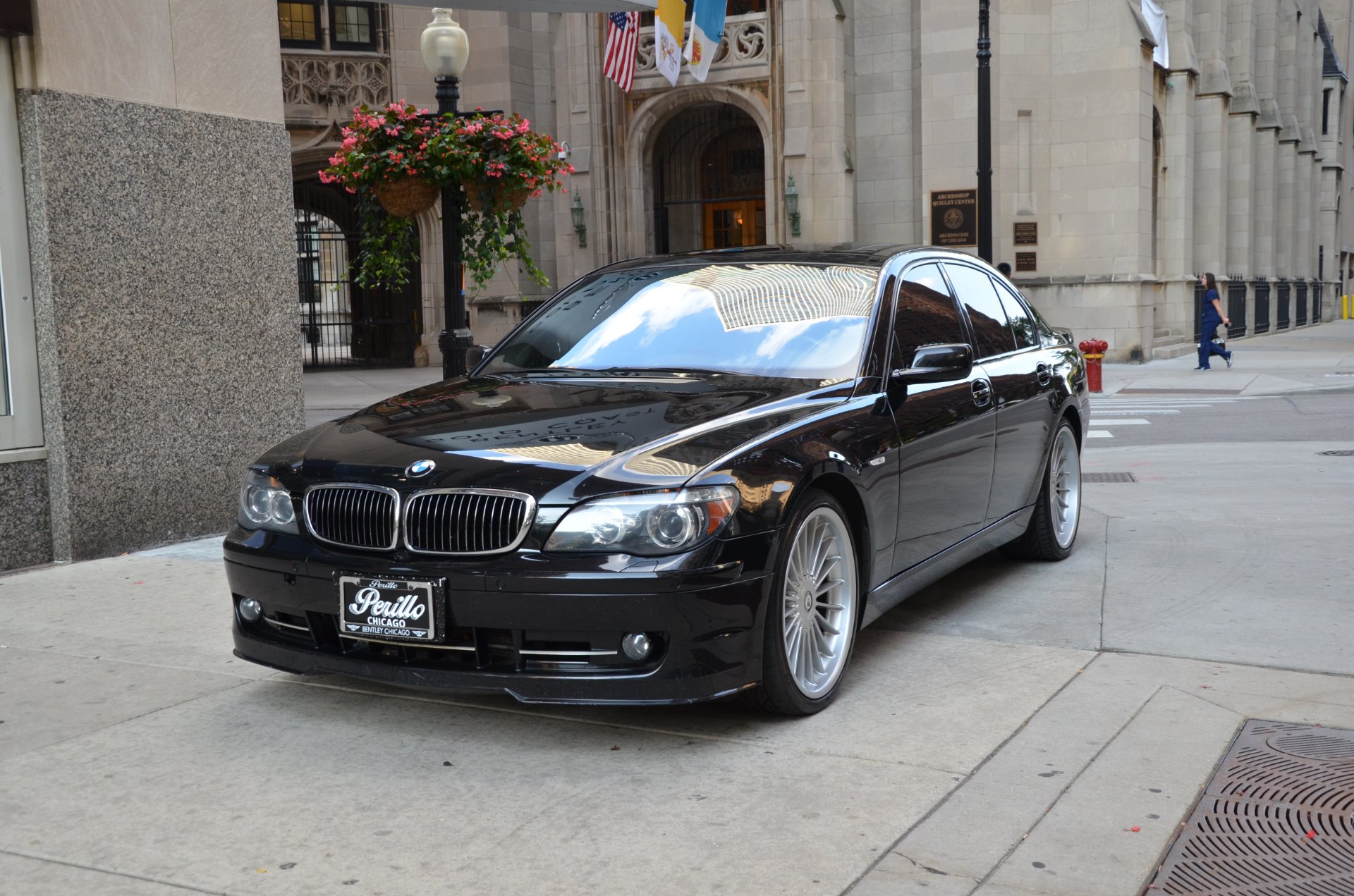
2. Jaguar XJ (X351, 2010–2019)
The Jaguar XJ is a stunning car—a mix of British charm, sleek design, and bold interior luxury. But beneath the surface, the XJ has long carried a reputation for unreliability and unpredictable maintenance costs, even in its modern X351 generation.
While Jaguar made strides in quality post-Ford ownership, the XJ still suffers from a range of issues that make it difficult to recommend for long-term ownership. From persistent electrical gremlins to fragile air suspension systems, the XJ continues to be a beautiful headache.
One of the biggest frustrations with the XJ is its electrical system. Owners frequently report problems with infotainment glitches, failed backup cameras, sensor malfunctions, and strange behaviors from systems like the electronic parking brake or power windows.
The complexity of the wiring and modules often means diagnostics alone cost hundreds, and repairs require hard-to-source components or specialized labor. In some cases, the cost of replacing a failed touchscreen or gauge cluster rivals that of an economy car engine rebuild.
Then there’s the suspension. Jaguar equipped the XJ with an air ride system designed to offer cloud-like comfort, but these systems are notoriously unreliable, especially as the vehicle approaches 80,000–100,000 miles. Struts, compressors, and control arms often fail, and parts are both expensive and difficult to install.
Combined with transmission calibration quirks and expensive cooling system repairs, the XJ becomes a high-risk proposition the moment it leaves warranty. For all its visual appeal, the XJ is a cautionary tale about how style can mask significant long-term costs.
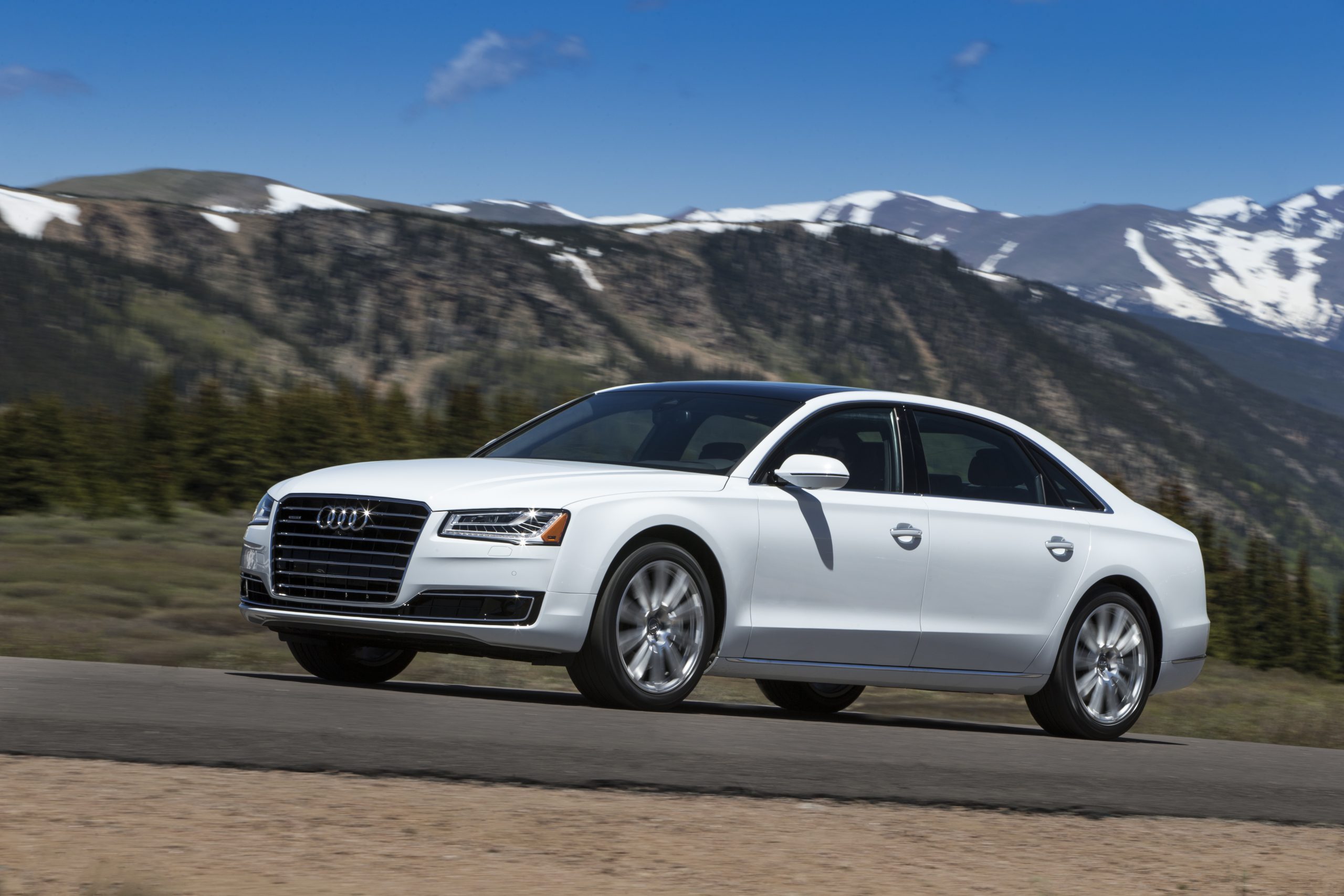
3. Audi A8 (D4 Generation, 2010–2017)
The Audi A8, particularly the D4 generation, offers a refined driving experience with cutting-edge tech and a beautiful interior. But that refinement comes with a high cost in the form of extensive maintenance requirements and complex repairs. Like its German peers, the A8 is packed with advanced systems—quattro all-wheel drive, adaptive air suspension, MMI infotainment, and driver assistance tech—that are impressive on paper but increasingly difficult to maintain as the car ages.
The A8’s biggest mechanical burden lies in its powertrain and suspension. Turbocharged V6 and V8 engines, while powerful and smooth, are known for timing chain tensioner issues, PCV failures, oil leaks, and water pump problems.
These are not simple or cheap repairs, and labor costs for Audi engines are notoriously high due to tight engine bays and complex component packaging. Air suspension failure is also a regular issue, with leaky struts and failing compressors creating an uneven or bouncy ride—something no luxury buyer expects, let alone wants to pay thousands to fix.
The A8’s MMI infotainment system, though intuitive when new, becomes a source of endless frustration as it ages. Screen freezes, Bluetooth pairing issues, and total system crashes are common. On top of that, you have adaptive headlights, massaging seats, power rear shades, and dozens of sensors—all of which can (and often do) fail.
Repairing them requires Audi-specific tools and software, meaning independent shops often can’t help, and dealer costs are sky-high. If you want to own an A8, expect it to feel amazing while it works, but prepare for it to cost you dearly once things start to go wrong.
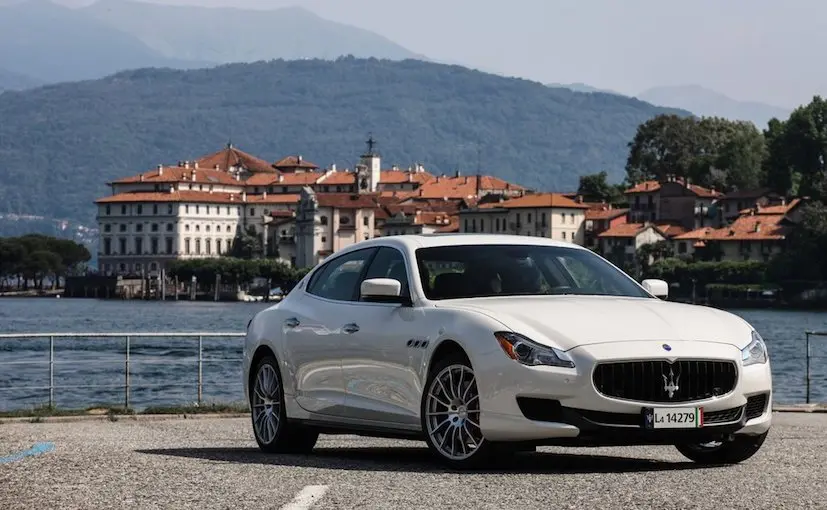
4. Maserati Quattroporte (2004–2013)
There’s no denying the Maserati Quattroporte looks and sounds like a dream car. With its Ferrari-derived engines, curvaceous styling, and Italian flair, the Quattroporte commands attention wherever it goes. Unfortunately, it also commands a never-ending stream of maintenance bills, making it one of the most notorious high-maintenance luxury sedans of the past two decades. Early models in particular (fifth generation) are money pits disguised as art.
The root of many Quattroporte problems lies in its gearbox. Maserati initially equipped the car with a DuoSelect automated manual transmission, which was neither smooth nor reliable. Clutch packs wear out quickly (often under 30,000 miles), and replacement is both labor-intensive and expensive.
Later models improved things with a ZF automatic, but by then the Quattroporte had earned a reputation for being unpredictable and financially painful to own. On top of transmission woes, the electrical system is plagued with gremlins, including sensor failures, warning lights, and greying infotainment screens.
Then there’s the issue of parts and service. Maseratis are rare, and their parts even rarer—and more expensive. Something as simple as a window regulator can cost over $1,000 to replace. Common wear items like suspension bushings, brakes, and engine mounts don’t last long and aren’t cheap to fix.
Even oil changes can cost several hundred dollars at a dealership. For many owners, the Quattroporte experience is a short-lived affair, as the upkeep often outpaces the car’s value. It may be thrilling to drive, but the Quattroporte proves that Italian passion comes at a steep mechanical price.

5. Mercedes-Benz S-Class (W220, 2000–2006)
The W220 S-Class is a perfect example of how cutting-edge can become a curse. When it debuted in 2000, the S-Class was a marvel, packed with features like COMAND navigation, AIRMATIC suspension, soft-close doors, and voice-activated controls. Unfortunately, Mercedes pushed technology so hard with this generation that reliability took a back seat, and the result was one of the most problem-prone flagship sedans they’ve ever built.
The AIRMATIC suspension system is one of the biggest culprits. Designed to offer a cloud-like ride, it often fails at or before 100,000 miles. When it does, you’re looking at thousands in repairs, especially if both the compressor and air struts need replacement.
The early COMAND system is another failure point—it’s buggy, slow, and prone to total failure. Climate control systems, power seat modules, and even the instrument cluster have all been known to malfunction unpredictably, leaving owners with a car full of features that simply don’t work.
Mechanically, the engines themselves (especially the V6 and V8 models) can be solid with care, but they’re often let down by auxiliary component failures like crankshaft position sensors, transmission valve bodies, and cooling system leaks.
Worse still, labor costs on an S-Class are steep, due to the tightly integrated engine bay and the sheer complexity of every system. The W220 looks and rides like a dream when it’s new, but once the electronics begin to unravel, it quickly becomes a luxury nightmare that’s expensive to escape.
Also read: 5 Trucks That Withstand Decades of Abuse and 5 That Don’t
Luxury sedans are supposed to be the pinnacle of comfort, refinement, and engineering. But the difference between long-term joy and long-term misery often comes down to what lies beneath the surface.
Brands like Lexus, Acura, and older Mercedes built their names on quality and consistency—vehicles you can trust to take you across states or decades. On the other hand, brands that chased innovation without reliability left buyers with high-dollar cars that can barely make it out of the driveway without flashing a warning light.
The sedans that last—like the Lexus LS or Acura RL—do so not because they lack sophistication, but because they’re built on a foundation of smart engineering and durable materials. Meanwhile, models like the BMW 7 Series or Jaguar XJ offer luxury, but demand constant attention and expensive repairs to maintain them.
For anyone considering a luxury sedan, it’s crucial to go beyond looks and badge appeal. Consider the long-term cost of ownership, availability of parts, and the complexity of the systems you’re depending on.
Ultimately, a luxury car should enhance your life, not dominate your budget. Choosing a model known for reliability means you can enjoy the finer things without constantly worrying about what will break next. In the world of luxury sedans, lasting value isn’t just about performance or features—it’s about peace of mind every time you turn the key.

